The 20 Strangest National Animals
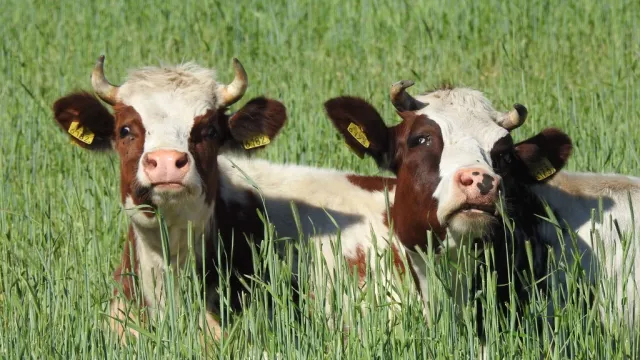
The United States has the bald eagle, a soaring stallion of the skies that works double duty as a symbol of hard-fought independence. It’s a beautiful creature, to be sure, and a fitting icon for the land of the free and the brave. It’s also pretty lame—at least compared to other country’s national animals.
For instance, Greece’s national animal is the phoenix, a creature so cool (or hot, rather) it’s literally straight out of legend. And in New Zealand, the national animal is the kiwi—a creature so hunted it’s almost straight out of legend. Trek over to Pakistan and you’ll find the majestic markhor. And if you head to Canada, you’ll meet… the beaver? Yes, when it comes to choosing national animals, the world’s other 192 countries seem to have far more creativity than the good old U.S. of A. Herein, we’ve rounded up the 20 wackiest and wildest of them all. And for more fun, check out these 20 Timeless One-Liners from History’s Extraordinary Women.
1
Scotland: The Unicorn
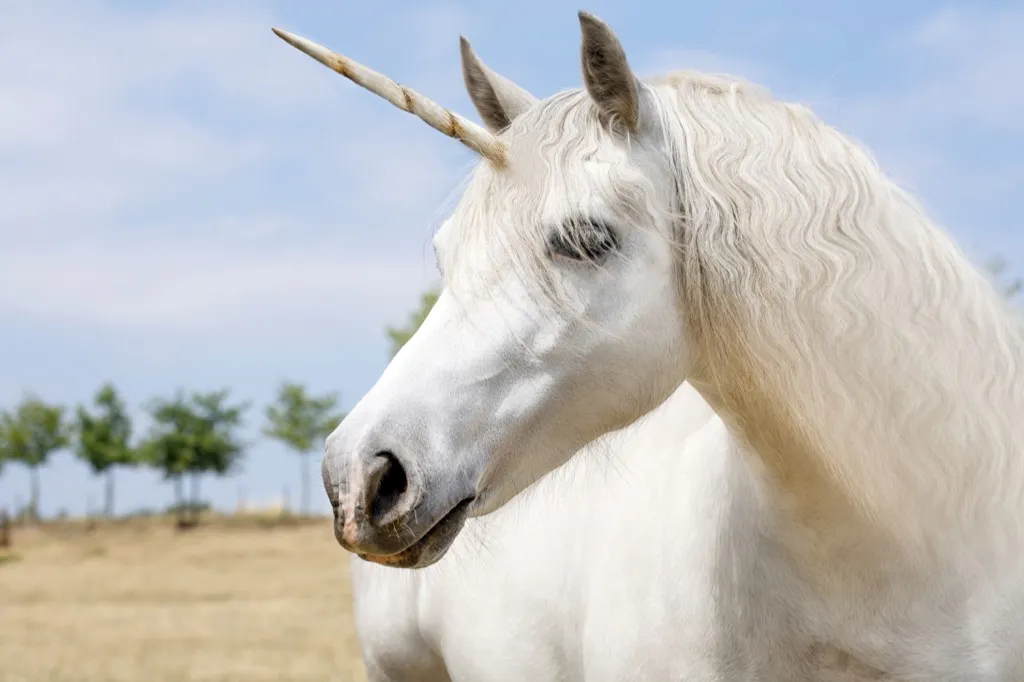
Yes, the unicorn is a mythical creature, but back in the 1300s when Scotland was choosing its national animal, people believed the beautiful beast to be real. According to folklore, the unicorn had the power to defeat the much bigger elephant. Historians believe that the Scottish revered the unicorn for its strength and selflessness—and when you take these things into consideration, it’s not such a strange national animal after all.
2
North Korea: The Chollima
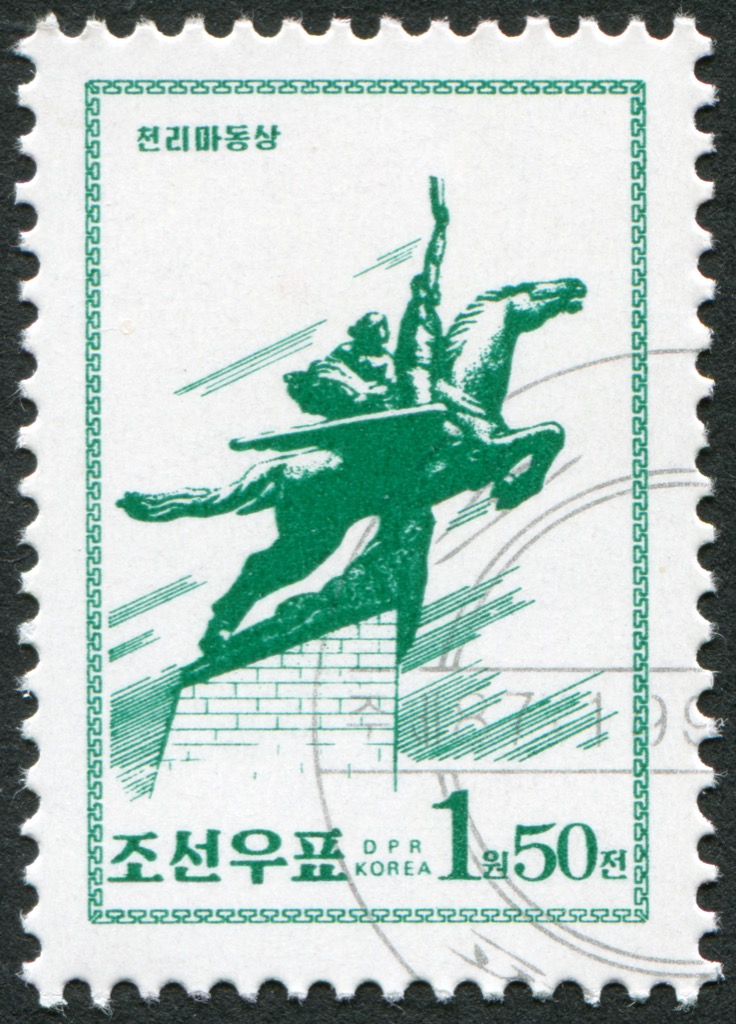
Though not as well-known as the unicorn, the Chollima is yet another mythical creature commonly found in Chinese classics. The horse’s name translates to “thousand-mile horse,” referring to its ability to gallop one thousand li (311 miles) in a day. When North Korea and South Korea came to a ceasefire agreement in the 1950s, President Kim il Sun barked at people to rebuild at Chollima speed. And for more fun historical facts, don’t miss The 28 Most Enduring Myths in American History.
3
Wales: The Welsh Dragon
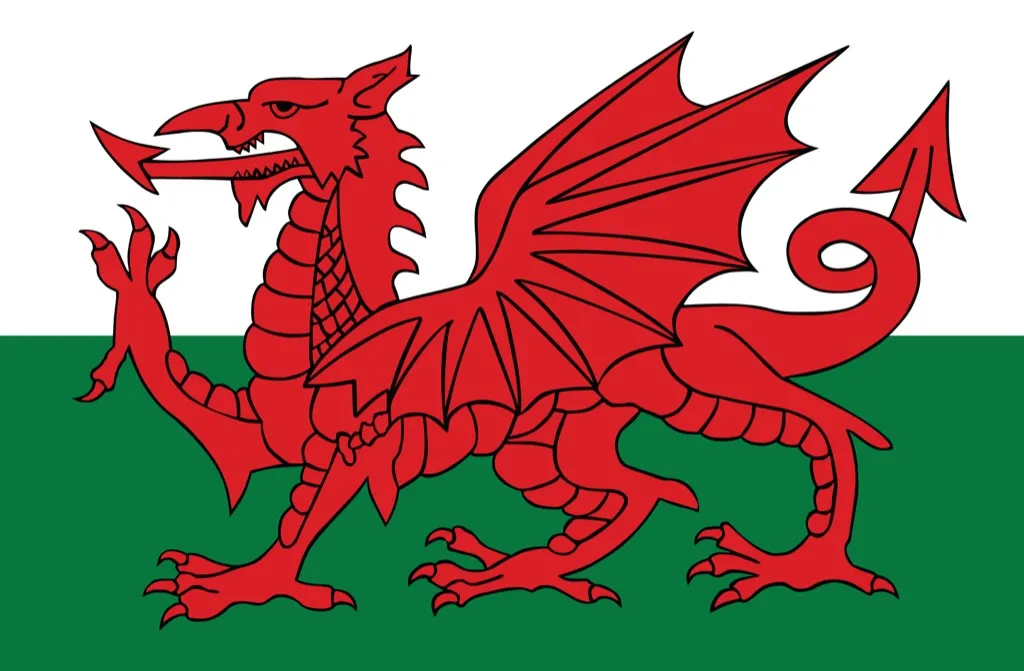
Wales’ national animal, the Red Dragon, has graced the country’s flag in various forms for centuries, and many claim that it’s even the oldest national flag still used today. Wales’ travel website traces the beast’s origins back to Arthurian legend when Merlin envisioned a fight between a red dragon (the Welsh) and the white dragon (the invading Saxons).
4
Mauritius: The Dodo Bird
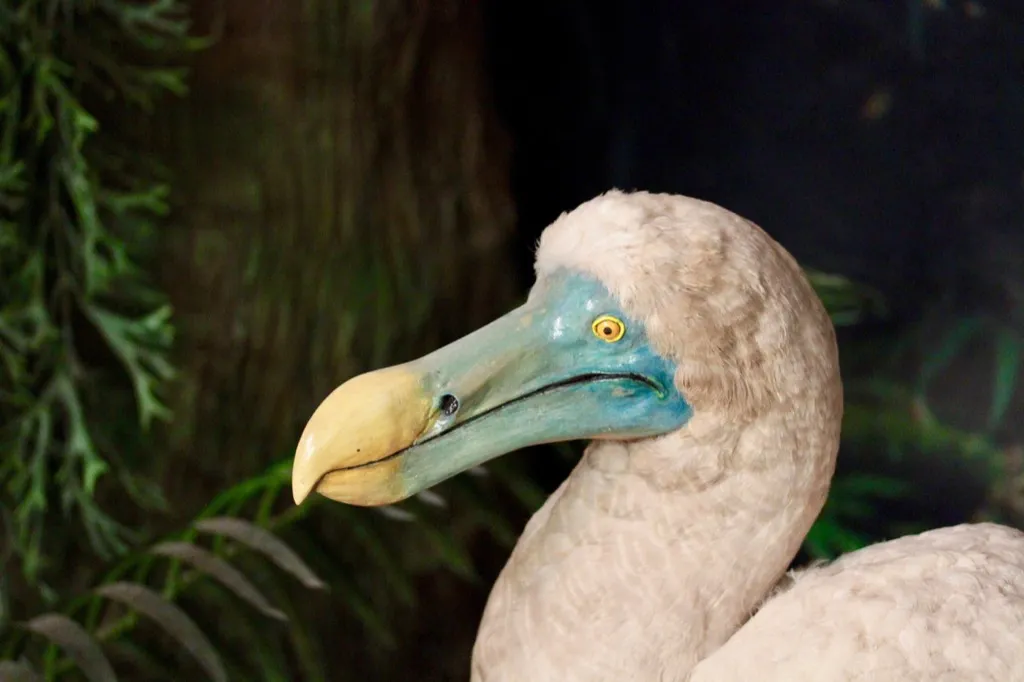
Choosing an extinct, flightless bird as a symbol of your country is a strange move. But Mauritius’ relationship with the Dodo bird goes way back.
The birds first settled on the island over four million years ago and forgot how to fly when they had no predators. In the 1500s, the Dodo’s luck ran out when humans began to eat them and introduce other predatory animals to the island. Within a few centuries, the species was no longer. As a tribute, the island made the Dodo bird their national animal. It’s like Romeo and Juliet… if Romeo ate Juliet. (Unfortunately, these 20 animals will soon meet the Dodo’s fate if we don’t do something soon.)
5
Portugal: The Barcelos Rooster
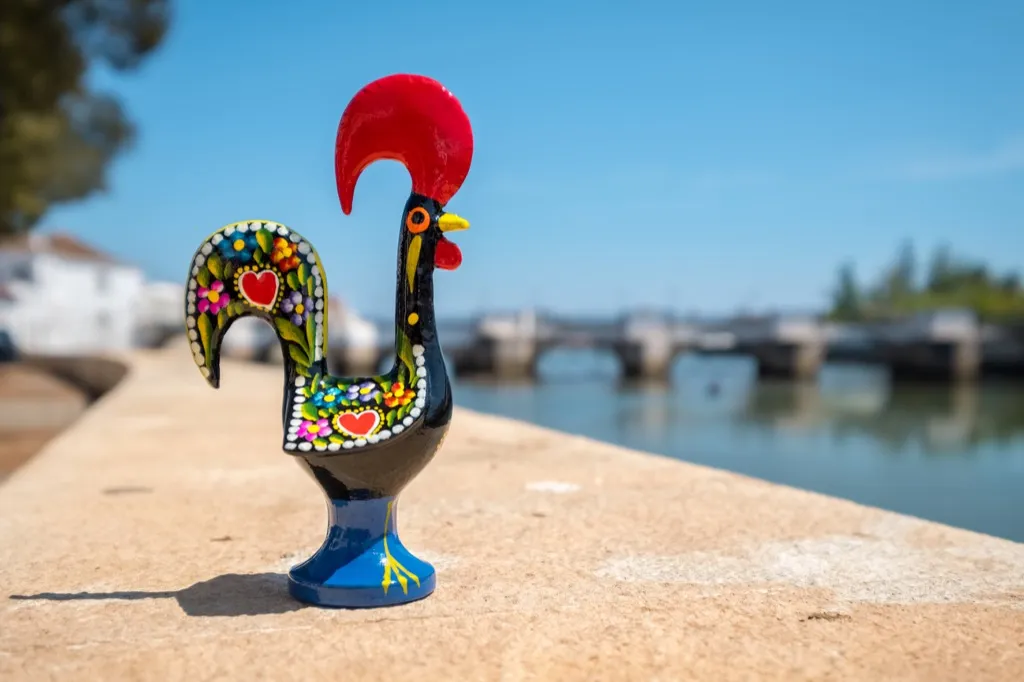
You’ll probably never see Portugal’s national animal roaming around the streets in its flamboyant form, but you will find many a ceramic version in gift shops throughout the country.
Legend has it that in 15th century Barcelos, an innocent man passing through the town, was falsely accused of an unsolved crime. On his way to be hanged, the man declared that a dead rooster coming back to life would prove his innocence. Sure enough, just before he was left for dead, a dead rooster rose up and crowed. As a thank you for saving his life, the man built a cross in honor of the Virgin Mary and St. James, known today as the Cross of the Lord of the Rooster. And for more fascinating history, check out these Crazy Facts That Will Change Your View of History.
6
Antigua and Barbuda: The Frigate
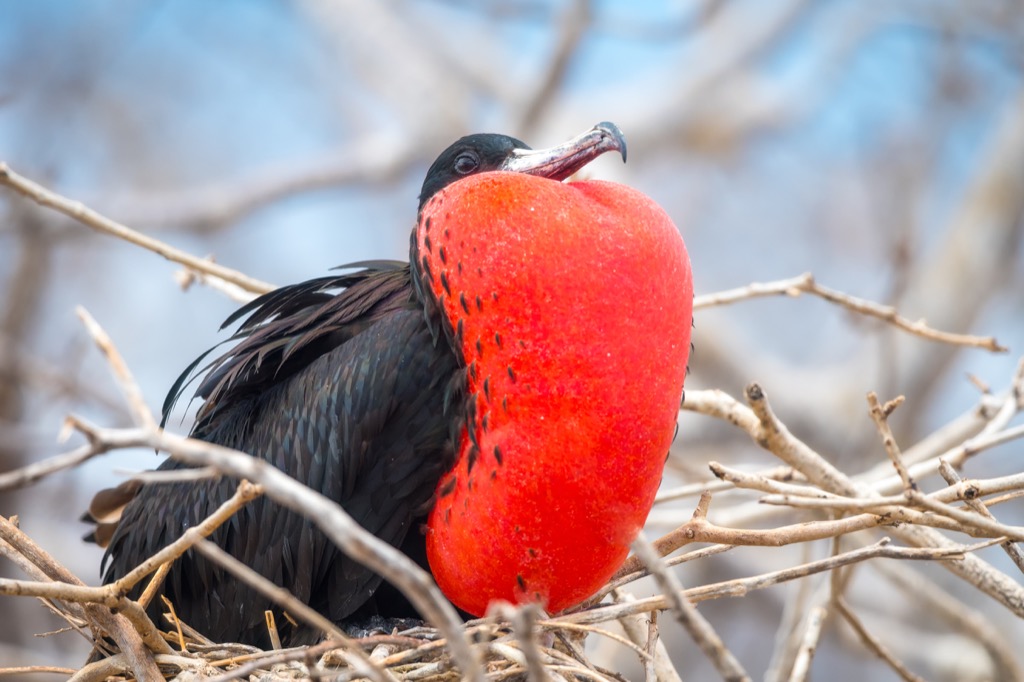
The sovereign state of Antigua and Barbuda is symbolized by many things, including the Antiguan black pineapple, the whitewood tree, and the frigate bird. A colorful relative of the pelican, male frigates blow up their ruby red throats when they want to attract females. With an estimated population of 100,000 birds, the island of Barbuda is home to one of the largest Frigate bird colonies in the world.
7
Bhutan: The Druk
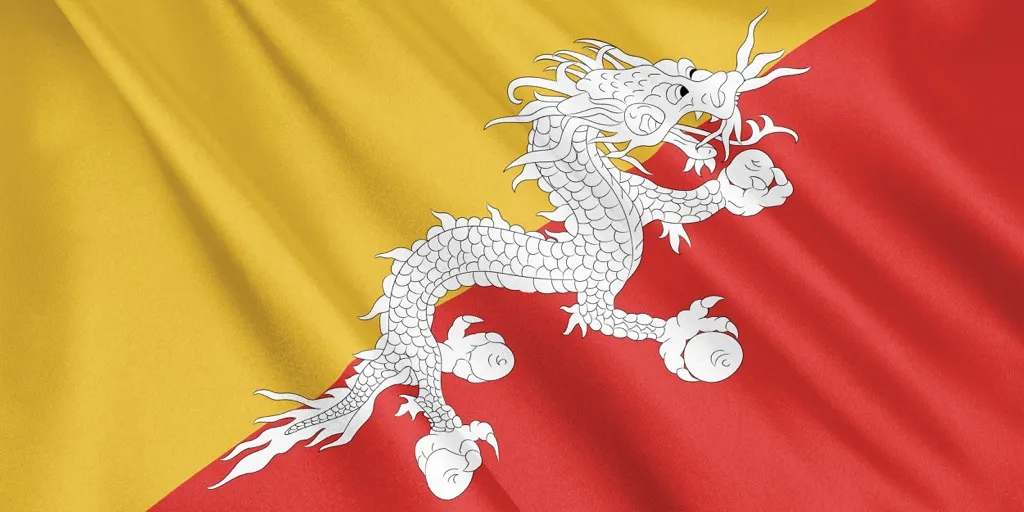
Crawling fiercely up Bhutan’s national flag is the Druk, a dragon that represents the name of the kingdom (Druk Yul or Land of the Thunder Dragon.) Grasped in the dragon’s claws are jewels signifying the country’s plentiful bounty, and its ferocious glare warns potential attackers of the Bhutanese guardian deities’ devotion to keeping the country out of harm’s way. The dragon is so closely intertwined with Bhutanese culture that leaders are even called Druk Gyalpo, or “Thunder Dragon Kings.”
8
France: The Gallic Rooster
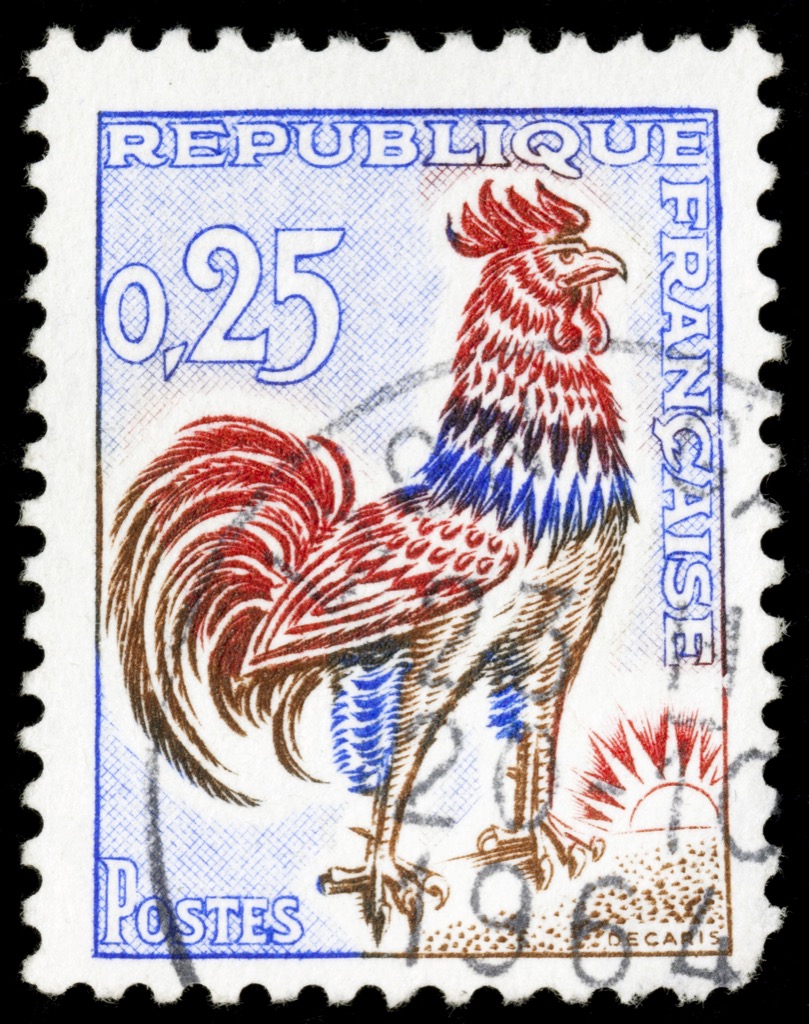
The rooster’s status as a French symbol dates back to the Middle Ages, when the French realized that gallus in Latin meant both “inhabitant of Gaul” and “rooster.” During the French Revolution, the boisterous bird adorned the French flag, and after the 1848 Revolution its fate was sealed (pun intended) as part of the seal of the Republic. The French are so fond of the male chicken that when they hosted the FIFA World Cup in 1998, they made the mascot a rooster named Footix.
9
Papua New Guinea: The Dugong
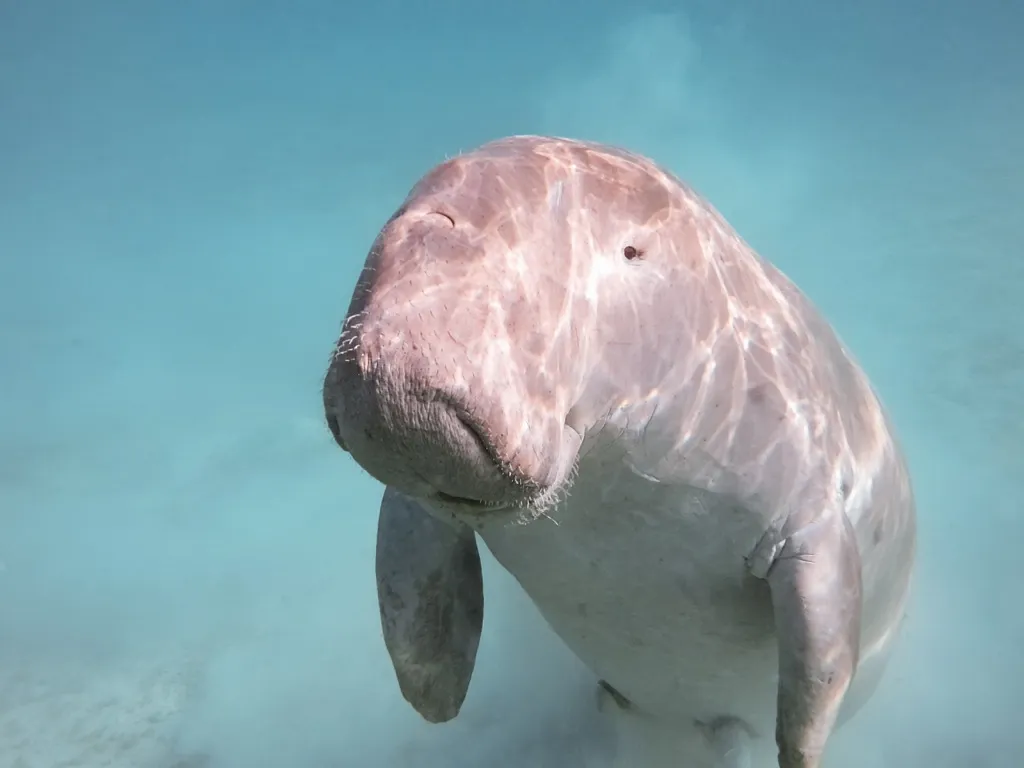
The Dugong can weigh up to 1,100 pounds, but this herbivorous creature is more of a gentle giant than a ferocious predator. Though their faces resemble those of their manatee relatives, the creatures supposedly once inspired tales of mermaids and sirens. Papua New Guinea took the species under its wing after years of poaching threatened its existence.
10
Indonesia: The Komodo Dragon
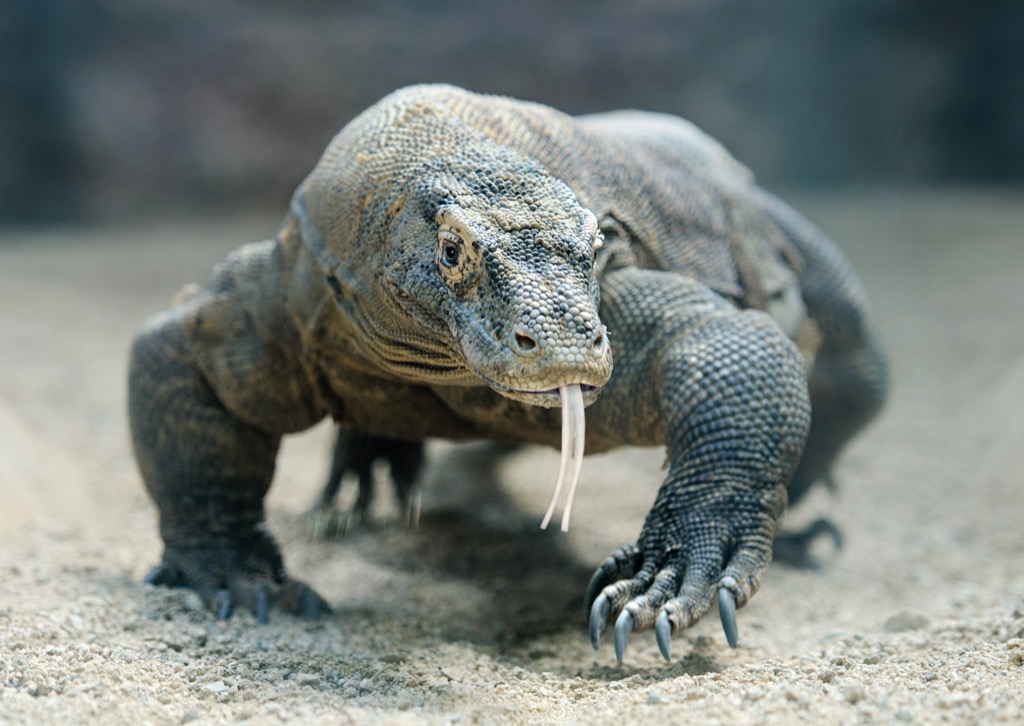
Unlike the other dragons on this list, the Komodo dragon is a living, breathing creature that resides on the island of Komodo in Indonesia. Unfortunately, the giant lizards are just as dangerous as their fire-breathing fictitious relatives, with venomous saliva that kills prey in 24 hours at most. And no one is safe from the wrath of a Komodo dragon: the creatures are cannibals and even eat their own offspring. Quite the choice for a national animal, Indonesia.
11
Malta: The Pharaoh Hound
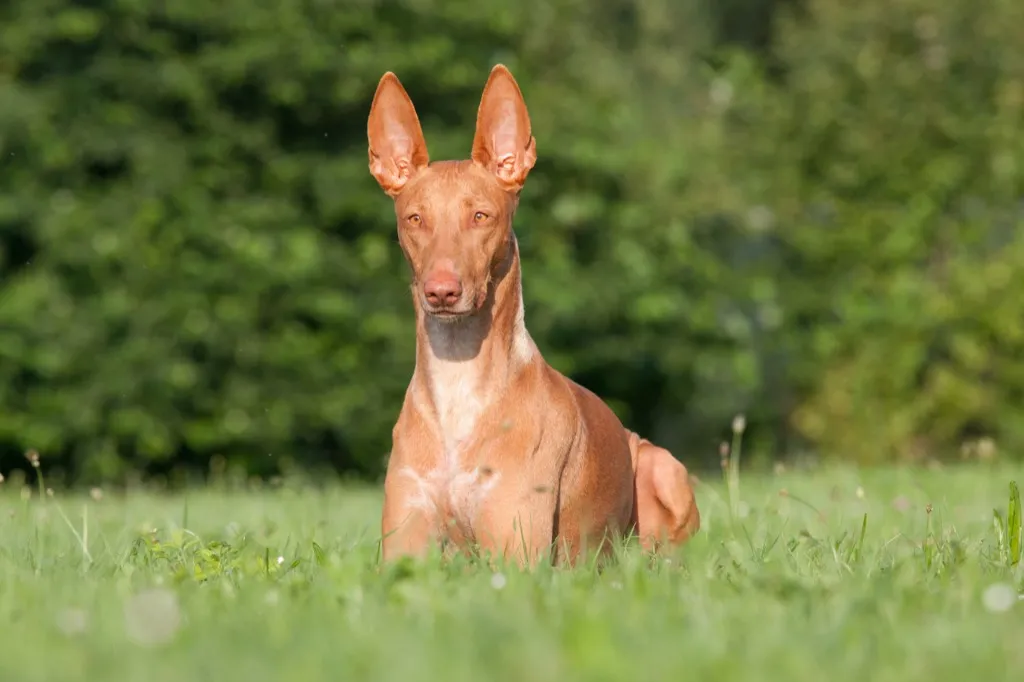
Their name might lead you to think otherwise, but the Pharaoh Hound isn’t actually indigenous to Egypt. Rather, the pointy-eared canine hails from the European island of Malta, where they are traditionally used to hunt rabbit. Some believe that the breed is a blood relative of the Tesem, an ancient Egyptian hunting dog, brought over to Malta by the Phoenicians.
12
Nepal: The Cow
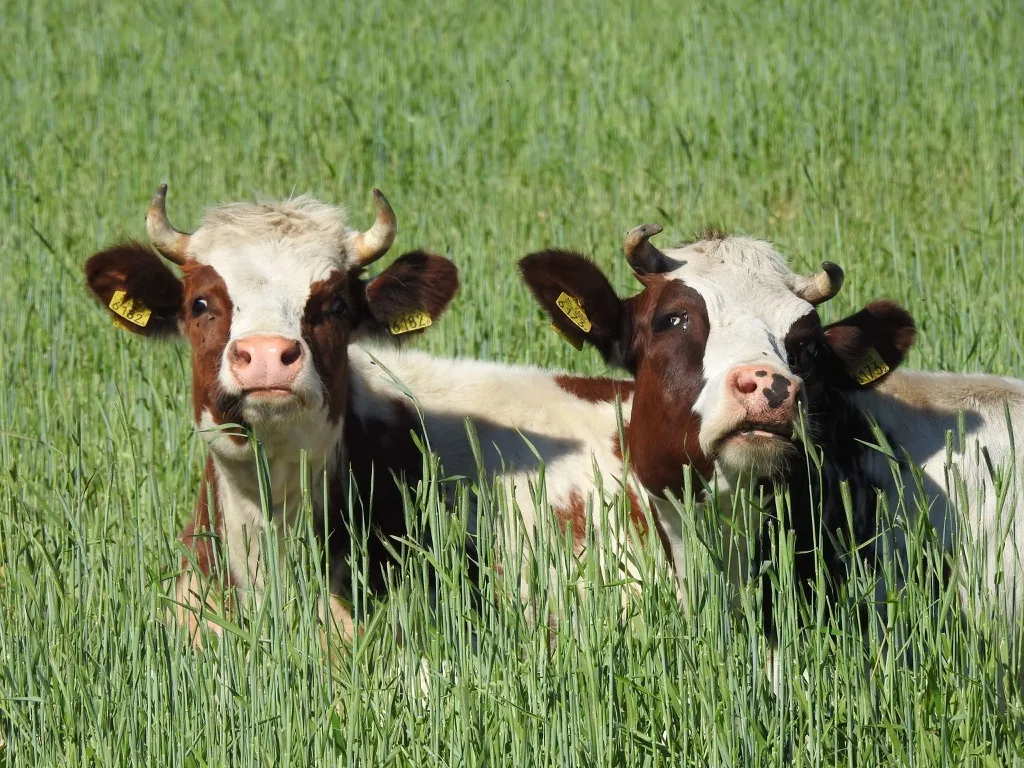
It might come as a surprise to you to learn that in Nepal, it is illegal to kill a cow (and thus, eat a hamburger). As per the Hindu religion, the Nepalese closely associate cows with the Goddess Lakshmi, and so the animals are considered sacred. The country even holds a festival every year called Tihar, or Diwali, during which they pray for the farm animals.
13
Greece: The Phoenix
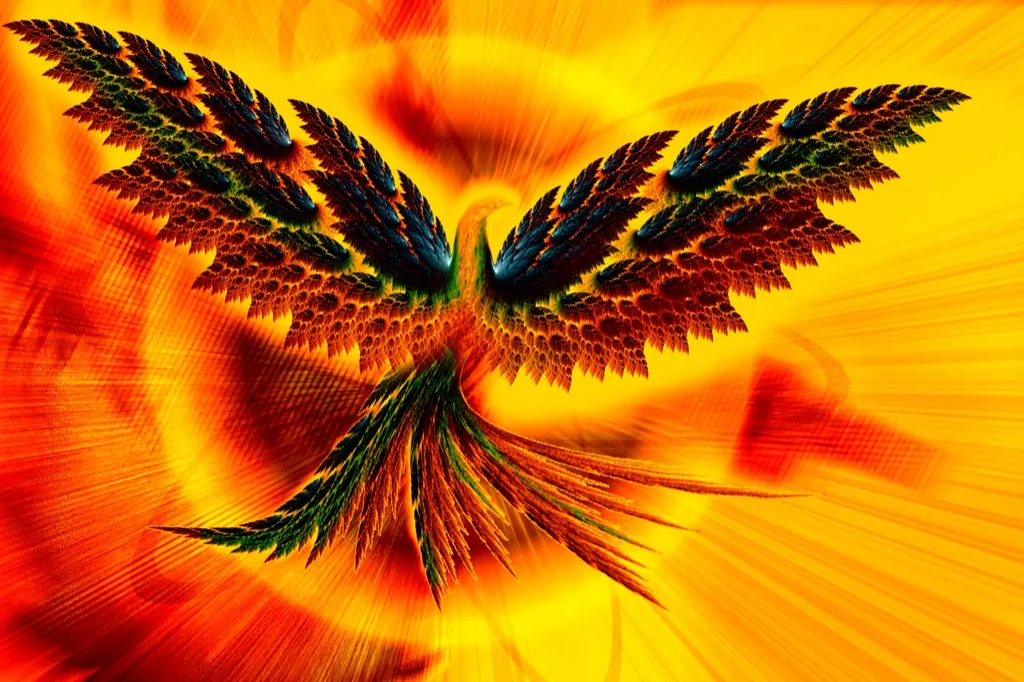
In 1828, the phoenix was introduced as the first currency of the modern Greek state. The name of the currency was meant to symbolize the rebirth of Greece as the Greek War of Independence raged on. Given its prevalence in Greek mythology, it’s no surprise that Greece chose this mythological creature as its national bird.
14
Croatia: The Marten
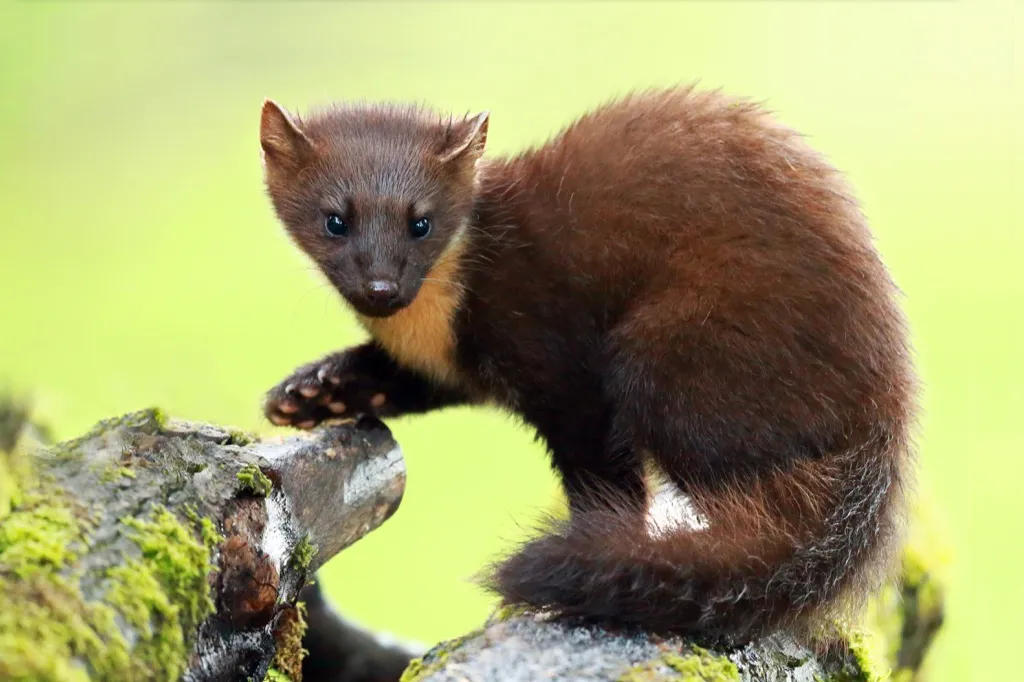
Croatia’s economic history and the history of the pine marten are closely intertwined. Long ago, pelts of pine martens were used to pay taxes and as a means of trade. Though (thankfully) this is no longer practiced today, the country still refers to their currency as kuna, the Croatian word for “marten.” Coincidentally, Croatia is also one of the 37 Travel Destinations Every Man Over 40 Should Have Visited.
15
Pakistan: The Markhor
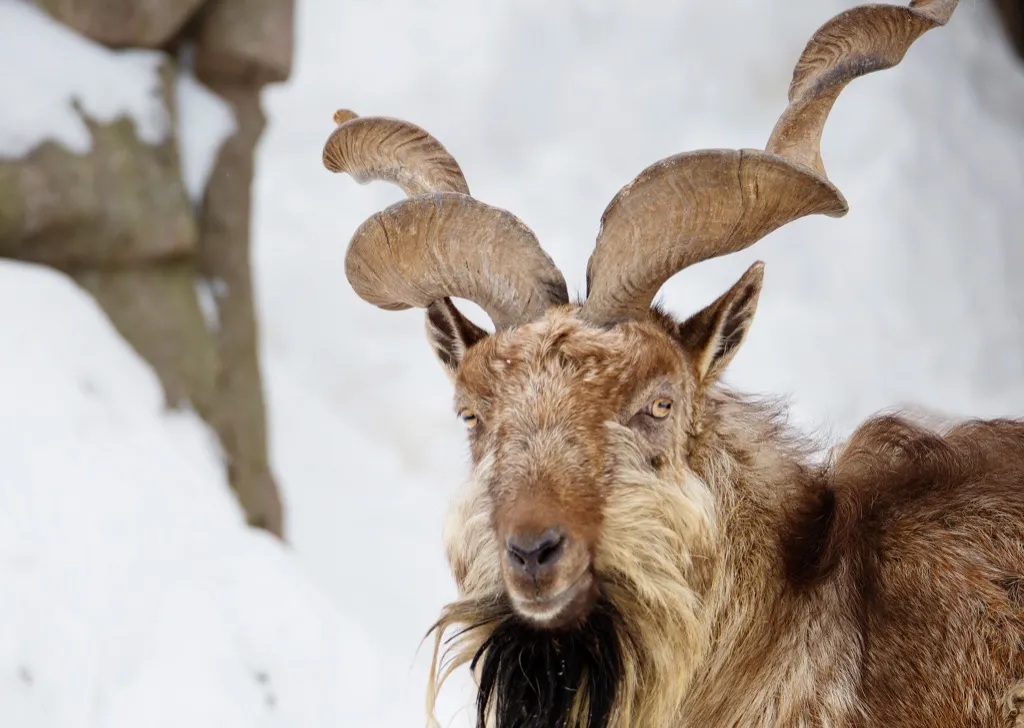
The markhor is a species of wild goat found in northern and central Pakistan. The horned animals were classified as endangered until 2015, when their status was downgraded to near threatened. According to the company Markhor, named after the national animal, northern Pakistanis relate to the animal’s “struggle to survive.”
16
New Zealand: The Kiwi
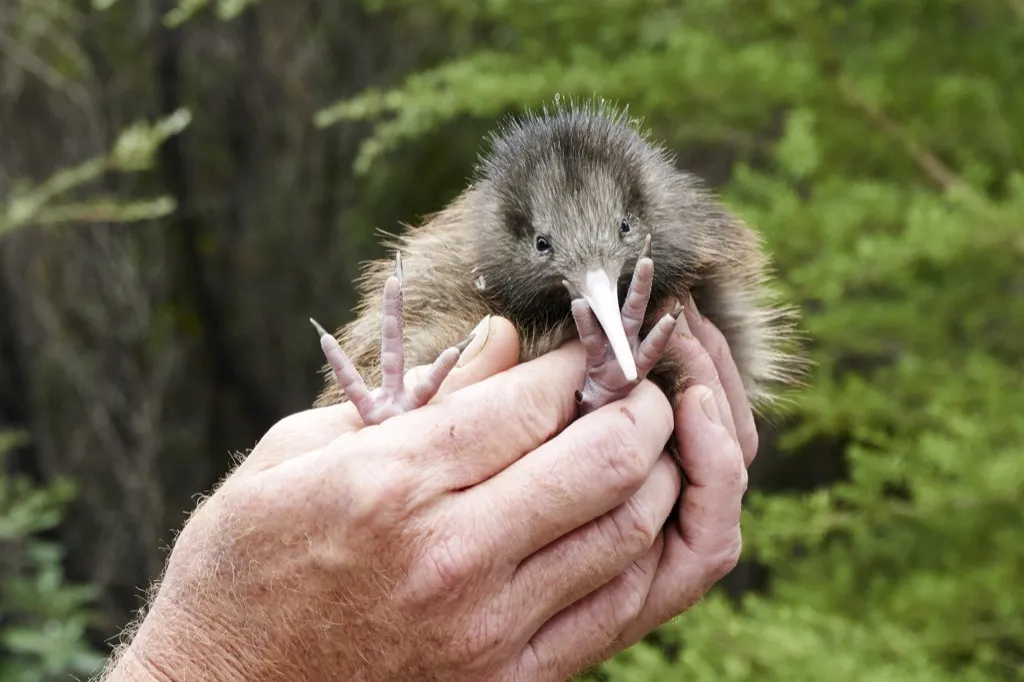
The kiwi—not to be confused with the fleshy green fruit—is the near-extinct, flightless national animal of New Zealand. New Zealanders revere the rare bird as a symbol of the country’s one-of-a-kind wildlife and significant heritage. According to the New Zealand Department of Conservation, the indigenous Maori people hold the kiwi in high regard, and even weave kahukiwi (kiwi feather cloak) for high-ranking officials.
17
Hungary: The Turul
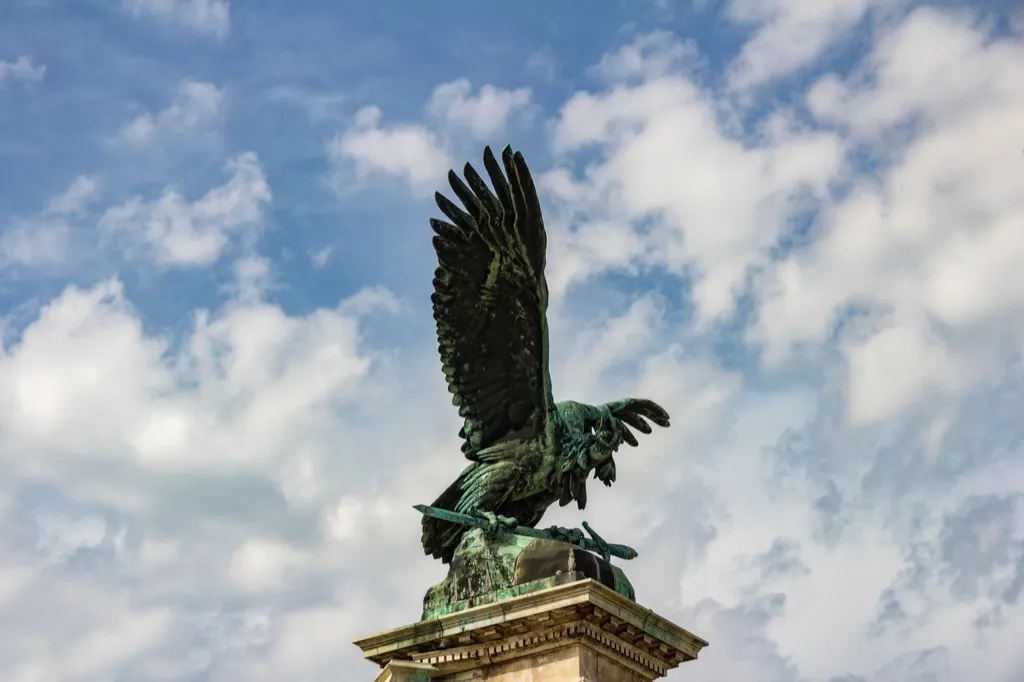
In mythology, the Turul is a messenger of God who watches over the Hungarian citizens. One famous Hungarian fable tells the story of Emese, who was approached by a Turul in a dream and went on to give birth to a long line of leaders. Today, the falcon-like creature is emblazoned on the coat of arms of the Hungarian Army, the Counter Terrorism Centre, and the Office of National Security.
18
Canada: The Beaver
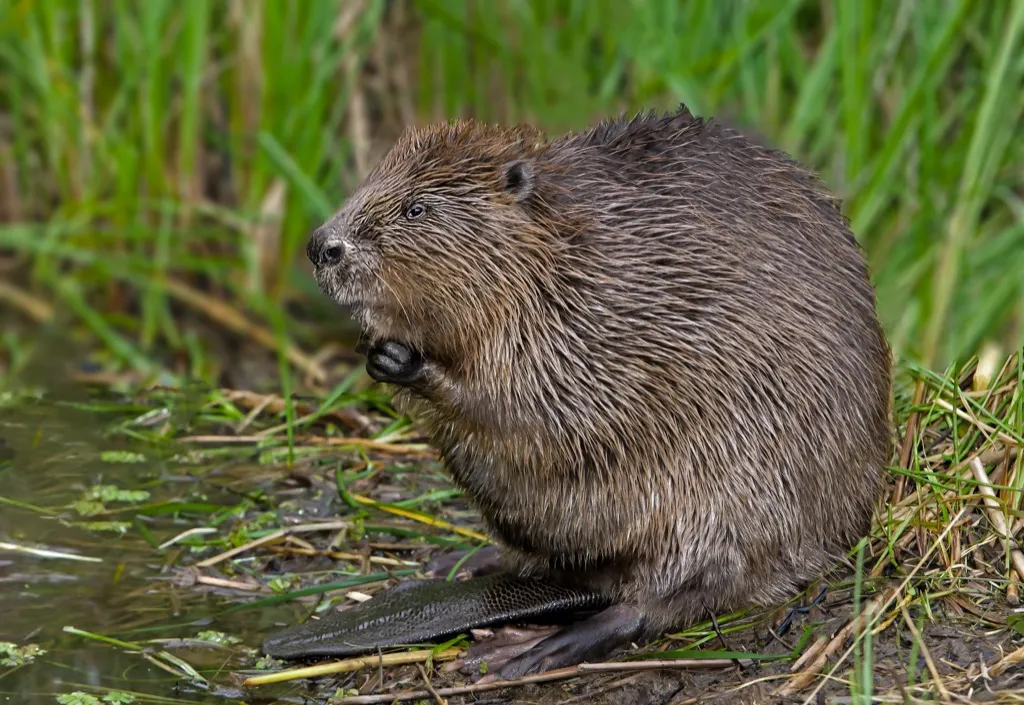
Canada has the beaver to thank for its entire existence. In the 16th century, French explorers ventured into modern-day Canada and happened upon the rodents—or more importantly, the rodents’ pelts. For three centuries, the fur trade served as the center of the colonial economy and tempted settlers to explore further and further, on the hunt for more pelts to sell. In 1975, the North American beaver was decreed the official national animal of Canada, and you can still spot the creatures roaming around today.
19
Belize: The Baird’s Tapir
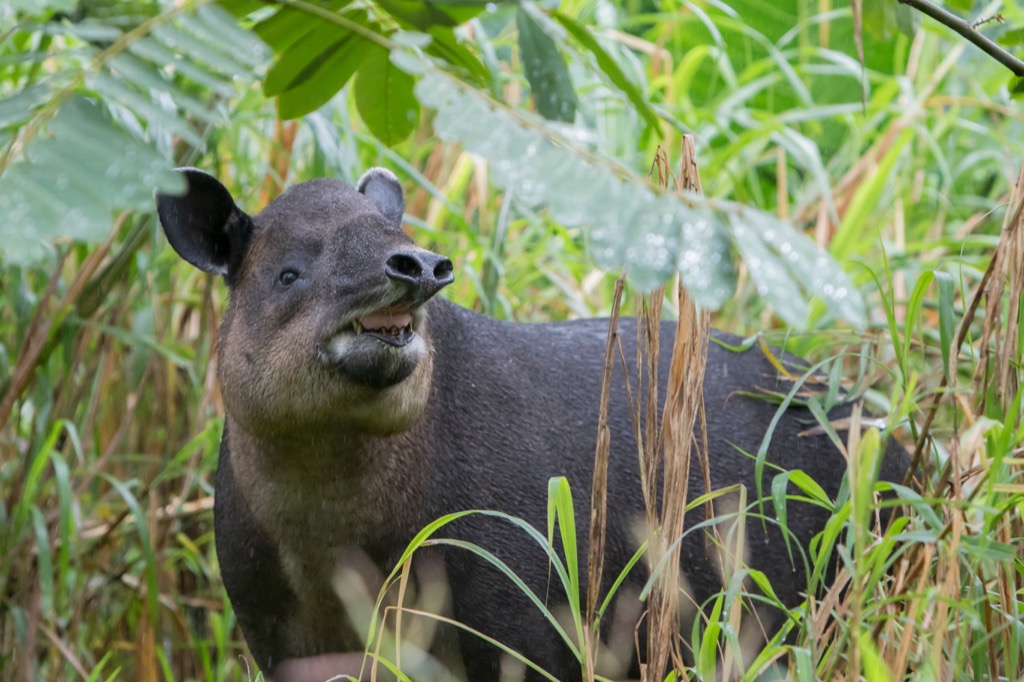
Fun fact: The tapir is the largest land mammal in Central America. Though the endangered, long-nosed animals look like anteaters, they are actually more closely related to the horse and rhinoceros. And as these “mountain cows” are the national animal of Belize, the country prohibits anyone from hunting them.
20
Australia: The Emu

The emu holds the title of both national animal of Australia and second-largest bird in the world. The feathered emblem was apparently chosen alongside the kangaroo as Australia’s national animal because neither can walk backwards, symbolizing the country’s forward-moving progress. And for more wild trivia straight out of the animal kingdom, check out these 40 Amazing Animal Facts.
To discover more amazing secrets about living your best life, click here to sign up for our FREE daily newsletter!